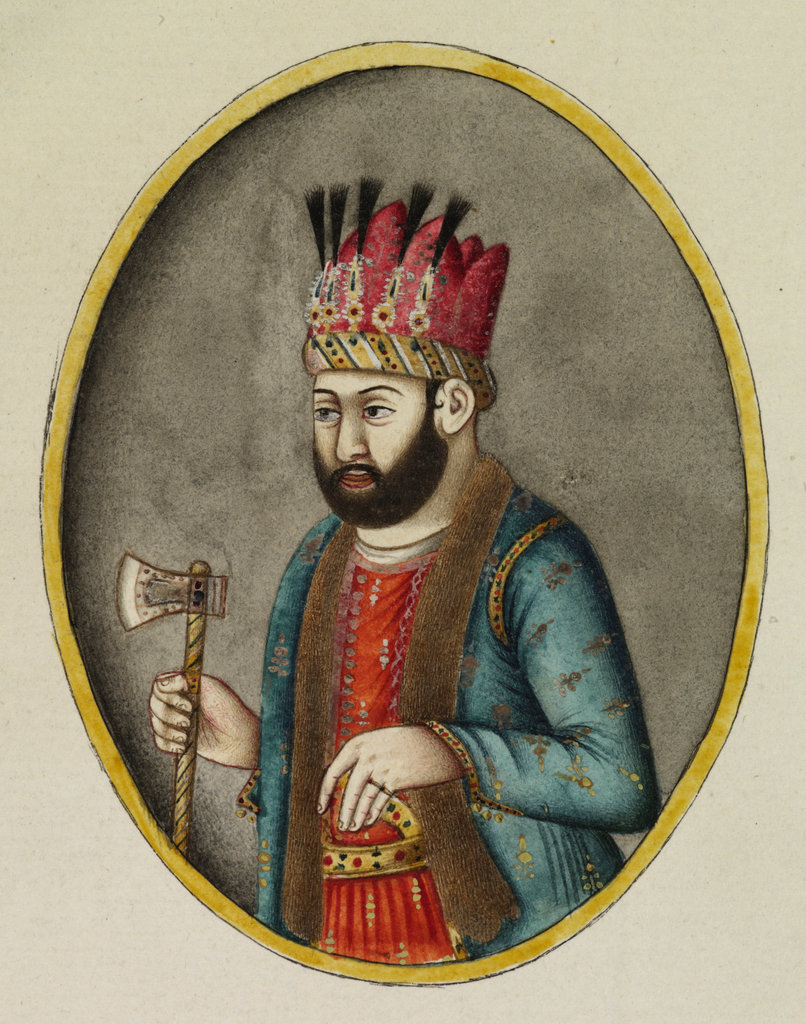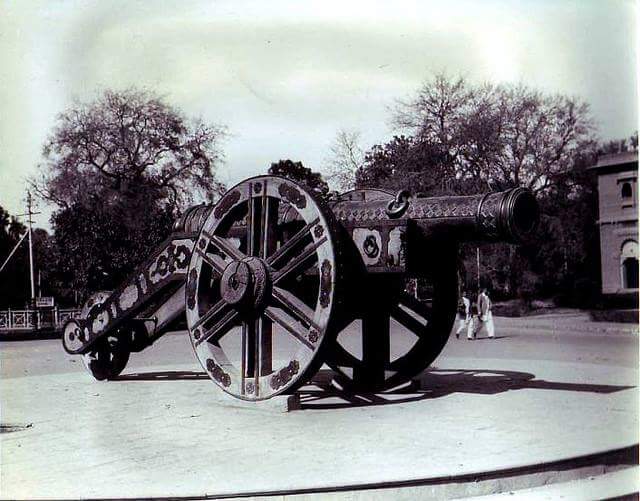Discover the intense Sikh-Muslim conflict in Punjab over the sacred Gurdwara Shahidganj site in Lahore from 1935 to 1940. Learn about its historic significance.
Explore the heroic tales of Baba Ram Singh Bedi, a formidable Nihang warrior from Sialkot, descendant of Guru Nanak, who fought bravely against Afghan forces.
Explore Ram Singh's impact in aiding the 1848 anti-British rebellion, including hosting rebels at his dharamsala in Zahura and introducing them to key allies.
Discover the legacy of Ram Singh, expert in Arabic & Persian, rising to Brigadier General in Maharaja Ranjit Singh's army by 1837.
Discover the captivating history and architecture of Samman Burj, the octagonal Mughal marvel in Lahore Fort, known for its royal and administrative legacy.
AHMAD SHAH DURRANI (1722-1772), the first of the Saddozai rulers of Afghanistan and founder of the Durrani empire, belonged to the Saddozai section of the Popalzai clan of the Abdali tribe of Afghans. In the 18th century the Abdalis were to be found chiefly around Herat. Under their leader Zaman Khan, father of Ahmad Khan. they resisted Persian attempts to take Herat until, in 1728, they were forced to submit to Nadir Shah. Recognizing the fighting qualities of the Abdalis, Nadir Shah enlisted them in his army.
ANAND SINGH, RAI (d. 1827), vakil or agent of the Sikh kingdom, belonged to the famed Bhandan family of Batala founded by Bhag Mall, a wealthy adventurer. In 1809, Anand Singh was appointed an agent of the Sikh Darbar at Ludhiana, the British military station and political agency. He was later sent as the Darbar`s envoy to the British resident at Delhi. He had a good knowledge of Persian and English and accompanied Sir Charles Metcaife on the successful expedition against Bharatpur undertaken by Lord Combermere in January 1826, receiving on his return from Maharaja Ranjit Singh the title of Rai with a robe of honour. Rai Anand Singh died in 1827.
Discover the life of Atar Singh Sandhanvalia, brave soldier and loyal confidant to Maharaja Ranjit Singh, navigating politics and power in the Sikh Empire.
BHANGlAN Dl TOP or the gun belonging to the Bhangi misl, known as Zamzama, is a massive, heavyweight gun, 80 pounder, 14 ft. 41/2 inches in length, with bore aperture 91/2 inches, cast in Lahore in copper and brass by Shah Nazir at the orders of Shah Wall Khan, the wazir of Ahmad Shah Durrani. In English literature, it has been immortalized by Rudyard Kipling as Kirn`s gun. It is perhaps the largest specimen of Indian cannon casting, and is celebrated in Sikh historical annals more as a marvel of ordnance than for its efficiency in the battlefield.
BURN, LtCoL, who commanded British detachments at Deoband, now in Uttar Pradesh, led in 1804 an expedition against the cis Sutlej Sikh chiefs, Gurdit Singh ofLadva and Karnal, Sher Singh of Buna, Rai Singh of Jagadhri, Jodh Singh of Kalsia and Mahtab Singh of Thanesar, who had fought against the British in alliance with the Marathas in 1803. Burn`s troops joined hands with those of Birch and Skinner, and defeated the Sikhs at Saharanpur on 18 December 1804. The British commanderin chief granted amnesty to all the Sikhs except Gurdit Singh. Burn arrived at Karnal, and secured from him the surrender of the town.








